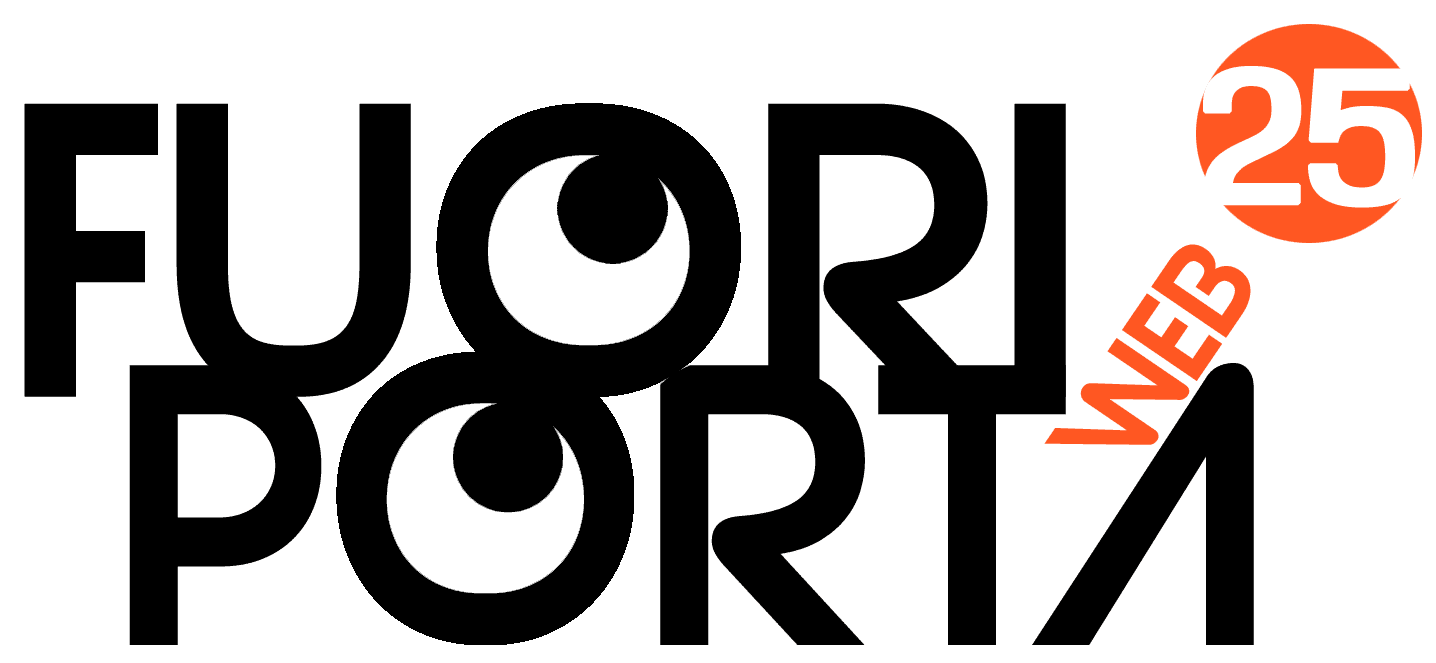
BLOG FONDATO NEL GIUGNO DEL 2000
Aggiornato:

Aggiornato:

12/9/2007 ● Internet
Spazio blog: Mark, il suo "polaio", il melone e il suo dialetto guglionesano
 Luigi Sorella ● 3909
Luigi Sorella ● 3909
Mark nell'estate 2007 si trova a Guglionesi, casualmente, per una visita promessa ad un suo carissimo amico. Si ritrova coinvolto nel corteo storico del Palio San Nicola, diventa un figurante medioevale, e la sua presenza interessa i mass-media locali. Rilascia un’intervista e si dichiara affascinato dal “polaio” di San Nicola, ma trattasi di un primitivo tentativo di dire la parola “palio” sotto l'occhio della videocamera (scrive Mark: “No one speaks English for many miles around here”). Resta affascinato anche dai luoghi di Guglionesi, dalla gente, dalle tradizioni, e soprattutto dal dialetto: “Minority Language Summer Field Work (another lame excuse to 'subsist' on prosciutto e melone), che peccato”. Così scrive un articolo sul suo blog che riportiamo in versione originale (tra inglese, italiano e dialetto): “Pictured above, a vicolo piccolino tipico in the Molisano Medieval mountain fortress cittadina (walled-city) of Guglionesi, where the language of 'Wee-yonn-naish-shon' is spoken, not Italian. Guglionesi possibly derives from Colle di Nyseus, or Hill of Bachus, a mix of Latin with the ancient Samnite Italinate language. The local dialect is a pure version of Frentani-Uscosium, which stretches from Vasto in the north to Puglia in the south. (…) I'm doing a bit of summer research 'field work' in Molise, which is the centre of the Samnite dialects, which are cousins of Latin in the Italic family of Indo-European. With all the fresh melone and prosciutto, to avoid putting on an extra stone, I am jogging every morning and taking the local 'passiaggiata' every night, that is, walking along tops of this walled city, which is perched atop a mountain 1,000 feet above the Adriatic. No one speaks English for many miles around here. I have walked each night along the crumbling ramparts as I learn another (yes another) minority language from the chatty WWII pensioners and widows in black hose and scarves . . . The Samnites were conquerered by the Romans in 290 B.C., since their nation was located directly over the Appennine Mountains, hugging the Adriactic, and apparently Rome lusted for the fertile vineyards, olives and girasole (sunflower) fields of the Montane di Sannita'. The curious Samnite dialects, which are mostly comprehensible to an Italian speaker, first caught my attention when I read the philologist Dottore Mario Pei's famous book, 'The Story of Language' in 1975. Pei points out that Celtic language scholars once thought the Samnites might have a connection to Gaulish, Welsh, Breizh or Irish, since the Osco-Umbrium borderland dialects have mutations and other traits which are similar to modern Welsh, etc. The connection has been rejected, but the similarity has never been effectively explained, at least not without detractors, who assert a Celtic connection, going back to the 3rd century B.C.E. What's curious is that the people of Molise, in relatively rural and economically-impoverished ancestral centres like the medival fortress city of Guglionesi, are continuing to speak and teach their language (whose written form predates Christ by at least 250 years) to their children, even without the help or support of any 'national' language boards. This is my third visit to Molise, and I have started to compile a dictionary and grammar of their language, which they insist is only a 'dialect' of Italian. But my casual study reveals a grammar and sophisticated vocabulary that is distinct from Italian, and which parallels the history of people who still consider themselves a separate 'paese' or country, not to be confused with the official Italian culture and language, based upon the Tuscan vernacular of Italian, albeit the local "diletto's" displacement by Latin and then Italian is post-colonial dating from Republican Rome). I met with several prominent scholars last week, and tracked down numerous 'dialetto' books and music CDS, etc. There is a dictionary of sorts, which I've ordered, but I noticed that the phonetic rendering uses Latin or Roman letters, which neglect to indicate the distinctive aspirate or unsounded consonantal stops and words, i.e., d t t tr is pronunced duh-tuh-t-ya-truh, and is an anagram of a related Latin or Italian phrase. Era fatto in Sicilia, si, pero' solomente per essempio, guarda Lei questo film con l'Italiano proprio e il dialetto siciliano nello film famoso, 'il Postino' (1994). I located a film festival in Molise, which I hope will lead me to indigenous tv and filmic product in the this 'non-language' national language of the people of Guglionesi and nearby towns and cities, along the Adriatic Sea. In Guglionesi itself, there is a media school which is producing an annual children's film fest 'Friends' which celebrates the local language in video and film, and which features local folk singers and dialect 'rappers'. The studio is called 'ARS IDEA STUDIO' located on Via Roma across from the Chiesa Maria Maggiore (crypt and presbytery circa IX-X centuries) which you can find here: ARS IDEA STUDIO and Molise Cinema Film Festival 2007.” [Cfr. Links: http://welshmusicfilmandbookssymposium.blogspot.com/2007/07/ minority-language-summer-field-work.html http://www.zimbio.com/Cagliari/articles/2/Minority+Language+Summer+Field+Work+another http://www.zimbio.com/member/marklesliewoods]
